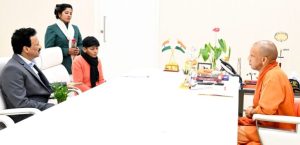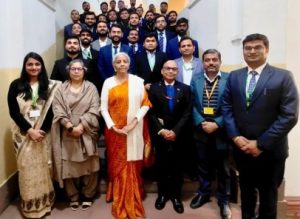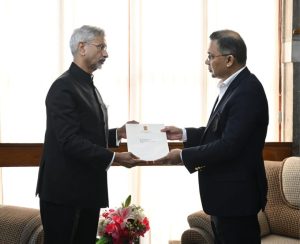Measuring free speech; Rising unemployment; Demographic wrath in Japan
Opinion Watch
Measuring free speech
Freedom of speech and expression in India has several restrictions. In fact, they are eight under Article 19(2) – sovereignty and integrity of India, security of the state, friendly relations with foreign states, public order, decency or morality, contempt of court, defamation, and incitement to an offence. They, in fact, cover already anything under the sky, for those recruited after measuring chests and heights have almost sky as the limit to interpret these eight limits on freedom of speech and expression to make people suffer for life.
The Pioneer in an Editorial has welcomed the split verdict of the Supreme Court to not further broaden the restrictions on freedom of speech and expression. The verdict was in the Azam Khan case in which the veteran socialist had claimed that the 2016 Bulandshahar case was a political conspiracy. The Noida-based daily has devoted much attention on the dissenting Judge Justice BV Nagarathna, who appears to be a voice of sharp reason, as she differed on the verdict of the Bench that statements made by ministers cannot be attributed to the government of the day. Justice Nagarathna argued that the ministers must exercise utmost caution in their public utterances. The daily has also wondered how the current society would have treated Kabir or Dayanand Saraswati, for they were voices of reasons for social reforms.
If a minister lacks discipline to state that a section of the people will be sent to Pakistan, or another uses abuses, one may wonder if they after taking oath are mentally fit to be in an office of responsibility, and why shouldn’t they be seen as a representation of the government of the day. This amounts to promoting the fringe elements within the government.
Rising unemployment
Employment is not yet to the level of the pre-Covid, while India is entering into the fourth year of the pandemic. Measures such the production linked schemes and others which were aimed to incentivize employment creation have not yet yielded desired results. Along with two decades of jobless growth and the low-income economy, India has a deepening crisis on hand, reflected in increasing demands for reservations all across the country.
The Economic Times in an Editorial has quoted the report of the Ashoka University and the CMIE has noted that there is a stress on entry level jobs, as the focus has shifted to skilled jobs at the higher levels in the country. It also stated employment is lagging behind the GDP, while the real wage growth is also under stress. The daily called for higher GDP growth rate to spur the labour participation. For policy prescription, the daily advised that India should aim for a larger share in the global supply chains than solely depending on the consumption demand within the country.
It’s much evident that the public and the private investments are status quoist. The famed animal spirit of the corporate has been dulled, as they have turned risk averse. This may rob India the ‘China Plus One’ opportunity.
Demographic wrath in Japan
Japan has a population growth rate of minus 0.5 per cent. The cities in Japan are getting crowded and the rural areas are witnessing steep migration.
The Indian Express in an Editorial has given an account of the demographic crisis in Japan, which the government is seeking to stem by offering financial incentives to the people to live in rural areas. The daily has dwelt upon the deepening crisis, as the people chase “good life” in the city. Ironically, Japan worships Lord Buddha, who had contrasting views on the meaning of “good life”.






